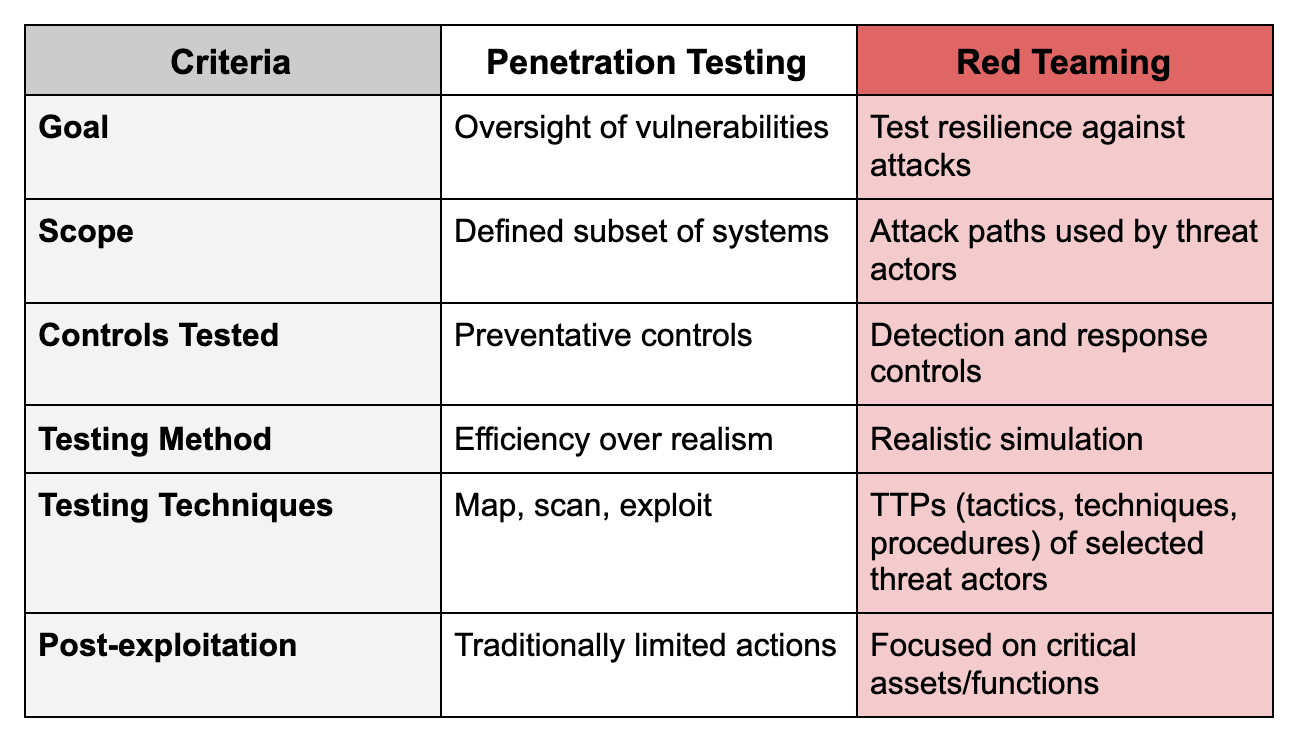Post Syndicated from Jeffrey Gardner original https://blog.rapid7.com/2021/06/25/kill-chains-part-3-whats-next/

Life, the Universe, and Kill Chains
As the final entry in this blog series, we want to quickly recap what we have previously discussed and also look into the possible future of kill chains. If you haven’t already done so, please make sure to read the previous 2 entries in this series: Kill chains: Part 1→Strategic and operational value, and Kill chains: Part 2 →Strategic and tactical use cases.
Fun with Graphs
In an effort to save time (and your sanity) I’ve created the following graph to illustrate the differences between the different kill chains:
What’s the bottom line? To paraphrase a line from the film The Gentlemen, “for (almost) every use case there is a kill chain, and for every kill chain a strategy.” Focused on malware defense or security awareness? The Cyber Kill Chain is worth a look. Need to assess your operational capabilities? MITRE ATT&CK. Looking to accurately model the behavior of attackers? Unified Kill Chain is “the way” (#mandalorian).
The Future
The kill chains of today (Lockheed Martin Cyber Kill Chain, MITRE ATT&CK, Unified Kill Chain) can trace their origins to a model first proposed by the military in the late 1990’s known as F2T2EA (find, fix, track, target, engage, and assess). However, as we all know, attackers and their attacks evolve over time—and the rate at which they are evolving continues to accelerate. Since our kill chains evolved from military strategy, it only makes sense to look at what’s happened in military strategy since the 90s to get a glimpse of where the evolution of the cyber kill chains may be heading.
A newer model used by special operators is F3EAD (find, fix, finish, exploit, analyze, and disseminate). Let’s take a quick look at how this applies to cyber operations:
- Find: Ask “who, what, where, when, why” when looking at an event
- Fix: Verify what was discovered in the previous phase (true positive / false positive)
- Finish: Use the information from the previous 2 phases to determine a course of action and degrade/eliminate the threat
- Exploit: Identify IOCs using information from the previous phases
- Analyze: Fuse your self-generated intelligence with third-party sources to identify any additional anomalous activity occurring in the environment
- Disseminate: Distribute the results of the previous phases within the Security Operations Center (SOC) and to additional key stakeholders
One thing missing from the F3EAD model when applied to cyber operations is the inclusion of automation, aka Security Orchestration and Automation and Response (SOAR). The gains in efficiency can greatly increase the speed at which the finish, exploit, and analyze phases can be completed. The first two phases, find and fix, are something I believe still requires the human touch due to the “fuzzy” (aka contextual) nature of events occurring within an organization.
The TLDR of the above? The future of kill chains must include the fusion of intelligence and automation without removing the human element from the equation. Until the equivalent of Skynet is invented, e.g. a truly sentient version of artificial intelligence capable of thinking in abstract ways, the “gut feeling” an analyst or incident responder gets when examining data will continue to be an advantage for us regular humans. Pairing this with the unmatched efficiency and speed gained by utilizing SOAR = winning!
The Verdict
Kill chains represent a comprehensive way to think about and visualize cyber attacks. Being able to communicate using a common lexicon (i.e. the terms and concepts in a kill chain) is critical to helping all levels of your organization understand the importance of security. However, I fear another fracturing of our lexicon will occur as more and newer versions of kill chains are introduced. Additionally, there appears to be an overreliance on only detecting and preventing the Tactics, Techniques, and Procedures (TTPs) found within these frameworks. Attackers have proven to be incredibly creative and endlessly resourceful, so their TTPs are going to change and evolve in ways we cannot yet imagine. This doesn’t mean we should discount the importance of using kill chains as part of our toolkit, but it should remain a part of our kit, and not the gold standard by which we judge the effectiveness of the security programs we have created.
——————
Jeffrey Gardner, Practice Advisor for Detection and Response at Rapid7, recently presented a deep dive into all things kill chain. In it, he discusses how these methodologies can help your security organization cut down on threats and drastically reduce breach response times. You can also read the previous entries in this series for a general overview of kill chains and the specific frameworks we’ve discussed.
Go back and read Part 1→Strategic and operational value, or Part 2 →Strategic and tactical use cases

